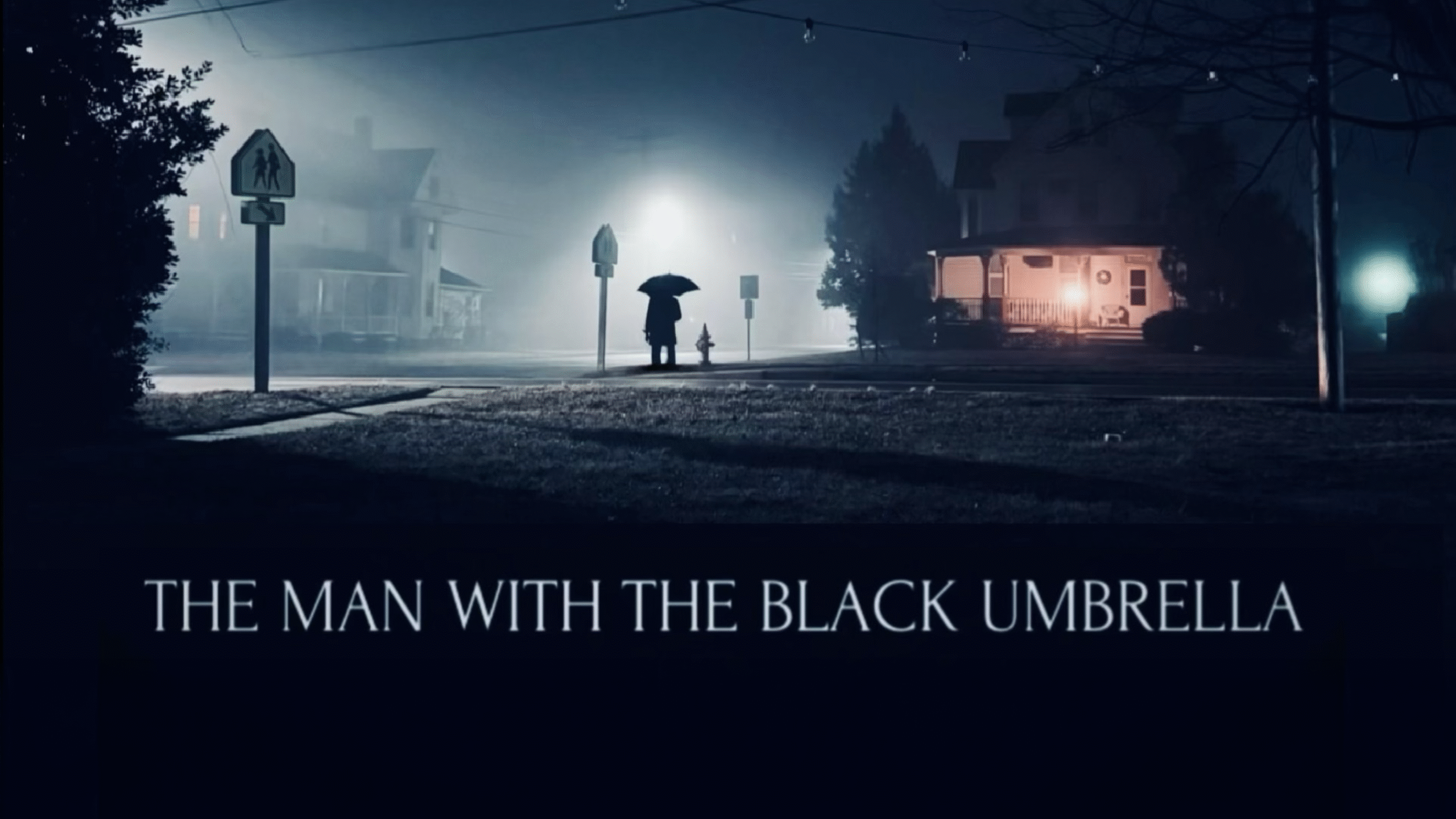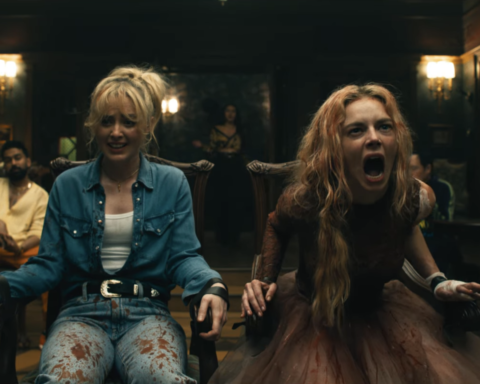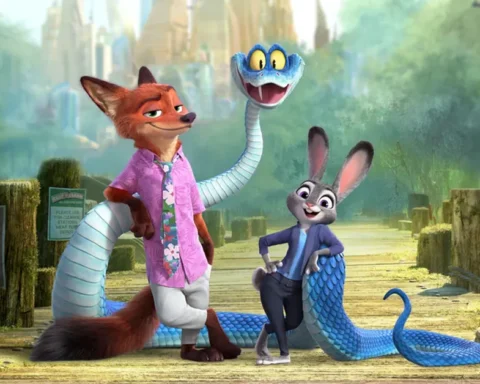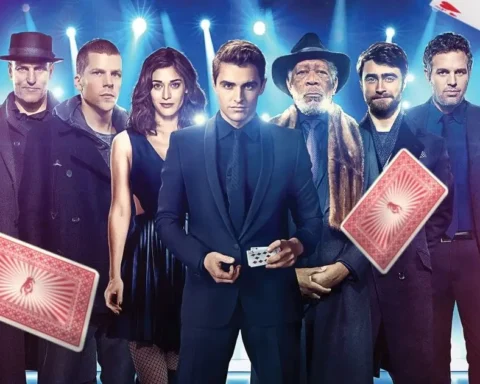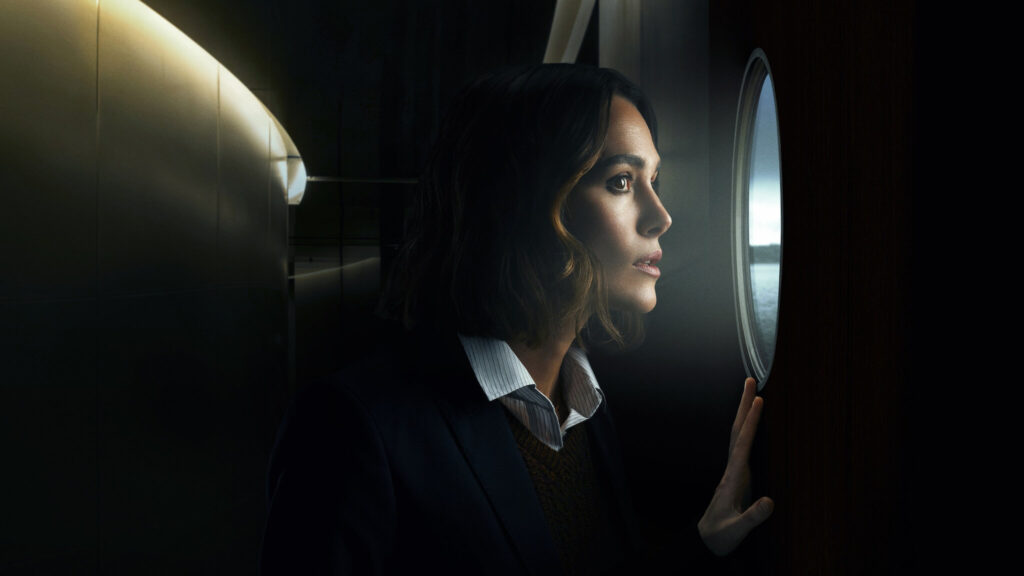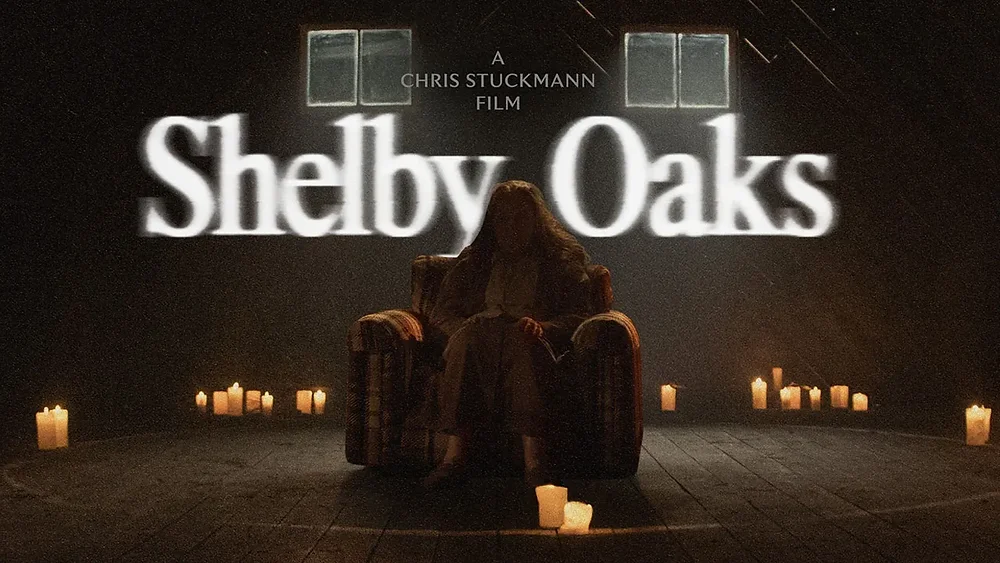In a genre often dismissed as overdone, The Man With The Black Umbrella stands tall as a masterful reminder that found footage horror still has sharp teeth. Ricky Umberger, already a beloved figure among fans of The Fear Footage trilogy, returns with a film that proves his knack for nightmare engineering has only grown stronger. This entry is unnerving, inventive, and above all relentless in its pursuit of terror.
The setup seems straightforward at first glance. Ryan Graph, portrayed with grounded vulnerability by Max Johnson, is desperate to uncover the truth behind his sister’s murder. With no leads besides a haunting piece of crime scene footage, he enlists private investigator Jack Grove (Robert Bigley), a man who carries his own subtle weight of weariness. Their path forward hinges on one bizarre clue: a shadowy figure wielding a black umbrella, seen lurking in the aftermath of the killing.
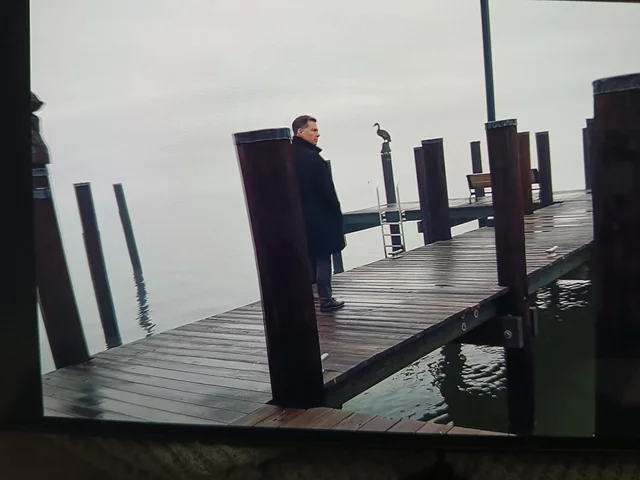
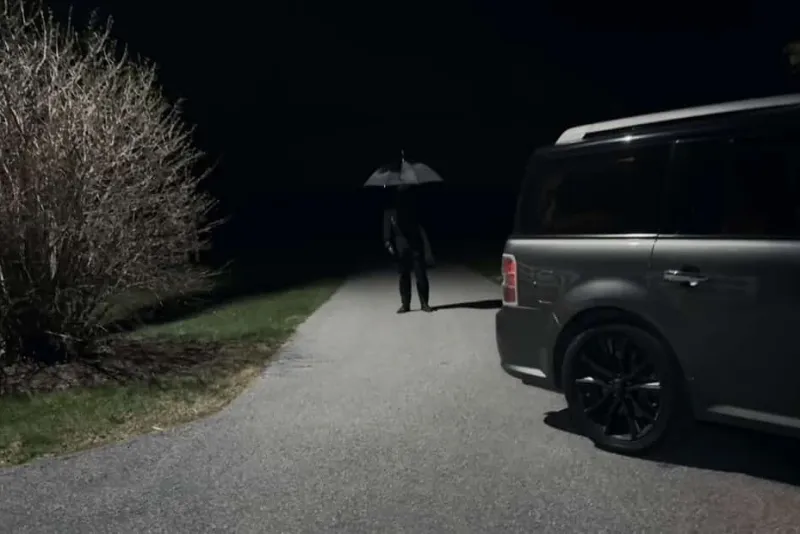
What follows is a taut, spiraling descent into fear. Jack’s investigation begins with mundane detective work, but every lead twists into something far more sinister. The mysterious man with the umbrella, played with chilling precision by James Herbert, never speaks, never rushes, and yet dominates every second of his presence. Umberger wisely keeps this entity obscured for much of the runtime, turning every flicker of movement in the frame into a threat. It is the kind of restraint that elevates found footage from gimmickry into pure cinematic anxiety.
The film’s pacing is carefully controlled. The opening reels tease danger that feels just beyond reach, but once the dread grips hold, it refuses to let go. Tension builds like a pressure cooker, and when it bursts, it brings the full force of Umberger’s terrifying imagination. The scares are aggressive without relying on cheap tricks. They linger. They echo. They leave you checking every dark corner of your home long after the credits roll.
Umberger’s direction thrives on atmosphere. Grainy textures and eerie silences work together to make the audience feel like a participant in the investigation rather than a passive observer. The world feels real, which makes the intrusion of the unnatural all the more disturbing. You can see the filmmaker’s confidence in how he handles his themes as well. Death, obsession, and the line between truth and madness press down harder and harder on the characters as they discover the horrifying depth of the umbrella man’s history.
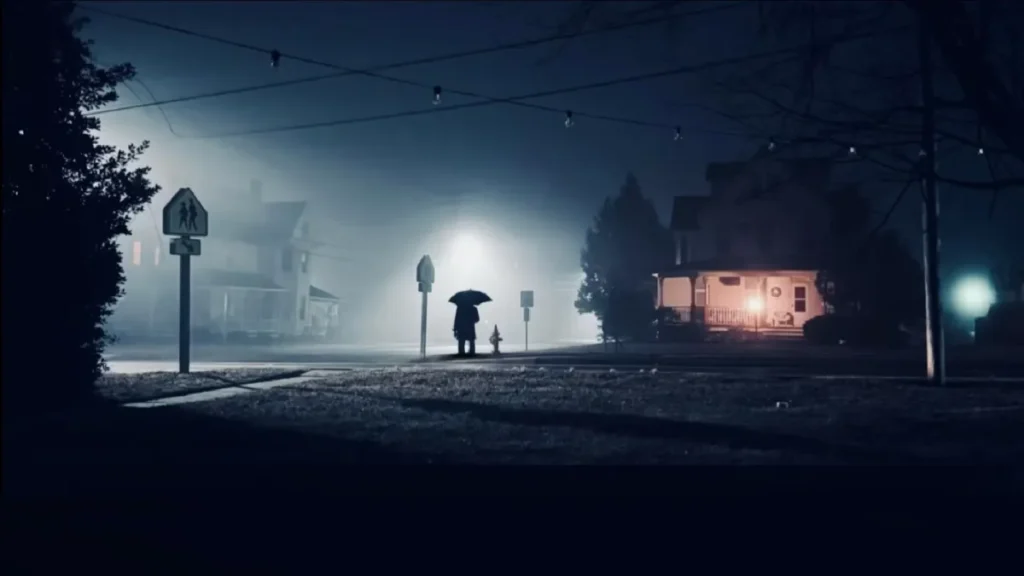
Herbert’s performance is worthy of becoming horror legend. The antagonist does not need theatrics to unnerve. Every glimpse sews psychological rot. He feels like a new boogeyman ready to join the ranks of genre icons such as The Slender Man or The Blair Witch.
Found footage films often live or die by their authenticity, and this one feels uncomfortably authentic. Nothing plays like a movie. It plays like evidence. The camera shakes because the people behind it are afraid. The screams feel like the real thing. Even the moments of quiet become another reason to clench your jaw.
The Man With The Black Umbrella is not just another addition to the found footage shelf. It is a signal flare declaring that the subgenre is still evolving, still capable of thrilling surprises, still terrifying as hell when placed in the right hands. For Umberger fans, it is everything you hope for. For newcomers, it could be the start of an obsession.
This is the kind of film that spawns whispered conversations online, late night rewatches, and urban legends among horror circles. It earns every jolt, every gasp, and every sleepless hour it leaves behind.
Five stars. A future cult classic in the making. Wearily recommended for those who think they can handle the unknown waiting just past the lens.
